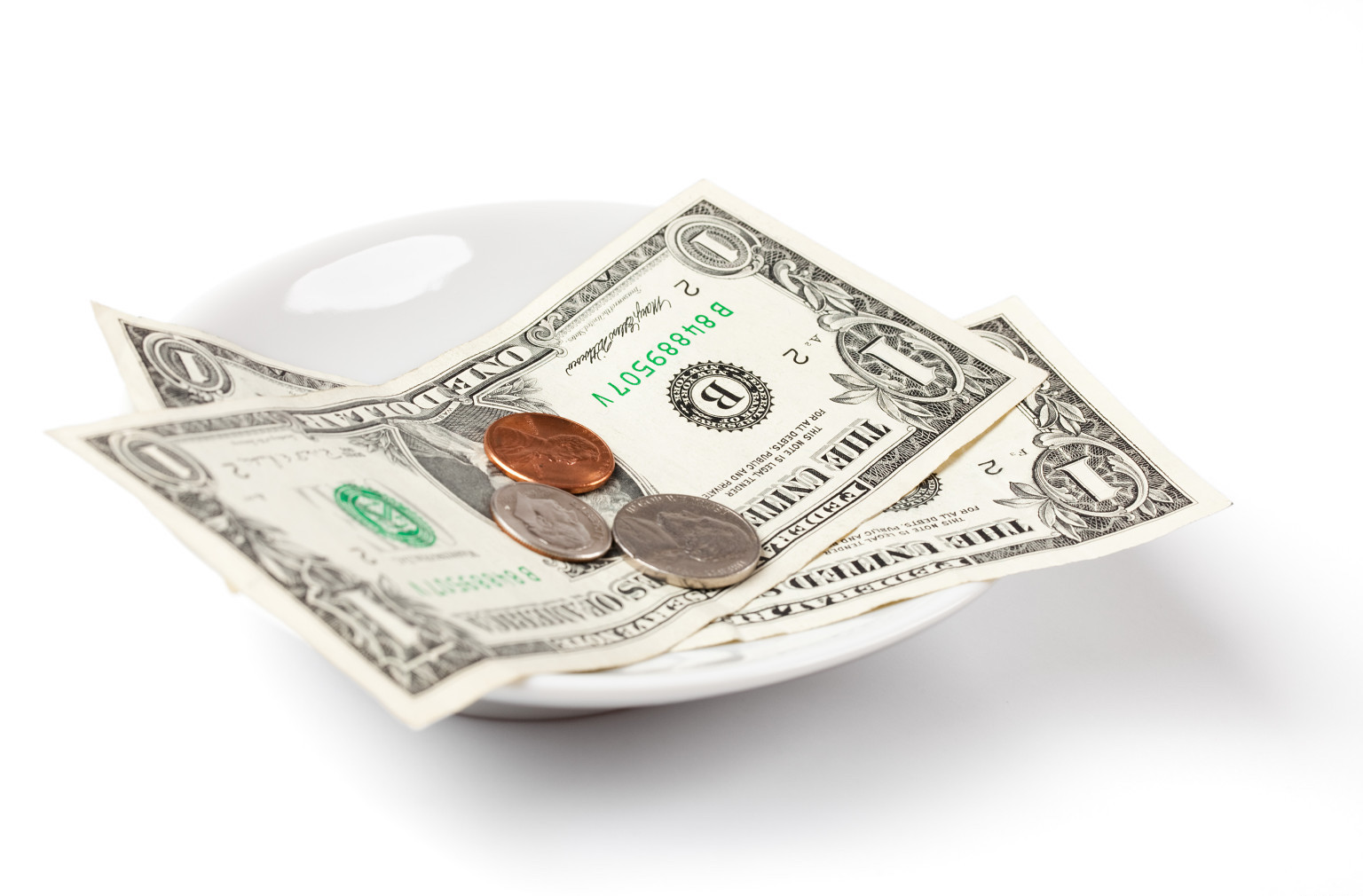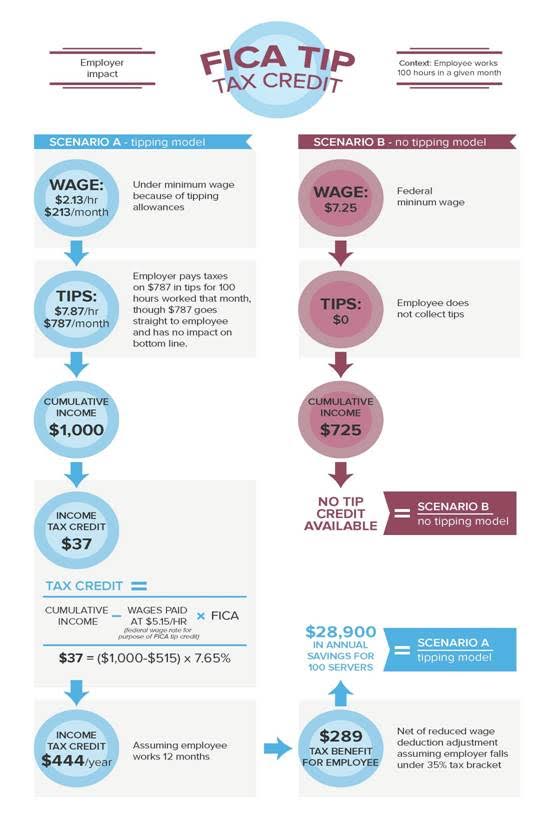Chef Essentials: Knife Roll
/One of the first skills aspiring chefs need to learn and master is knife skills. Knife skills are all-important when working in a professional kitchen and can take your art of cooking to a greater level. To do proper knife work, you need to be have a professional set of tools. A chef without his/her knife roll is like a business person without their briefcase.
These are the essential tools for any well-equipped chef:
#1: Chef’s Knife
The chef’s knife is one of the most versatile knives in the knife roll. It can be used for nearly almost any type of food, from chopping vegetables for service to slicing fruit for pastries. The large blade of the chef’s knife allows for balanced cutting, which helps in cutting ingredients into uniform sizes and even cooking.
Steal: Victorinox Fibrox Straight Edge Chef's Knife, 8-Inch
Splurge: Wusthof Classic 8-Inch Cook's Knife
#2: Paring Knife
For more precise knife work, a paring knife is essential. It is known to be the smaller form of the chef’s knife, ranging from 2.5 inches to 4 inches in length. It can be used for various tasks, such as mincing small food items like shallots and garlic to segmenting oranges for plating.
Steal: Victorinox Swiss Classic 4-Inch Paring Knife, Spear Tip
Splurge: Wusthof Classic 3-1/2-Inch Paring Knife
#3: Boning Knife
A boning knife is a must for a chef that handles poultry, meat or fish on daily basis. The narrow, long blade allows for easy and precise removal of bones during prep. When choosing a boning knife, flexibility is key; it can be either flexible or stiff. A more flexible boning knife allows for better control, while a stiffer blade is extra handy for thicker cuts of meat.
Steal: Victorinox 6-Inch Flex Boning Knife with Fibrox Handle
Splurge: Wusthof Classic 6-Inch Flexible Boning Knife
#4: Serrated Knife
The go-to knife for a culinary professional that works with pastries is the serrated knife. It is also known as a bread knife, dentated, sawtooth or toothed blade. The jagged blade is ideal for gliding through delicate goods, with hard exteriors but soft interiors, without crushing and ruining them.
Steal: OXO Good Grips 8 Inch Bread Knife
Splurge: Wusthof Classic 10-Inch Bread Knife
#5: Santoku Knife
The santoku knife and the chef’s knife are pretty similar in that they are all-around workhorses in the kitchen. However, a santoku knife is better designed for rougher cuts and scooping ingredients into bowls. It is especially useful when preparing large volumes of food. What makes a Santoku knife special is the Granton edge; the unique pattern allows for easy slicing of sticky foods.
Steal: OXO Good Grips Professional 6-1/2-Inch Santoku Knife
Splurge: Wusthof 4183-7 Wusthof Classic 7-Inch Santoku Knife, Hollow Edge
#6: Knife Sharpener
Remember, a dull knife is a dangerous knife, and a sharp knife is a safe knife. To ensure a chef’s safety, a knife sharpener needs to be in their knife kit. There are several types of knife sharpeners out there: grinding stone, sharpening steel rod and electric. Most chefs prefer the sharpening steel rod-style knife sharpeners since they can be easily stored in their roll up.
Steal: Winware 12" Stainless Steel Sharpening Steel
Splurge: Wusthof 10-Inch Sharpening Steel
#7: Roll Up Knife Bag
A chef’s knives are precious (and expensive!) investment pieces. They need to be cleaned properly and placed in a roll up knife bag. The bag makes it easy for chefs to transport their knives to and from work.
Steal: Messermeister 5-Pocket Padded Knife Roll, Black
Splurge: The Ultimate Edge 2001-12BN 12-Piece Knife Roll, Black
Watch and learn basic knife techniques of cutting, chopping and slicing from Chef Jacques Pépin:













